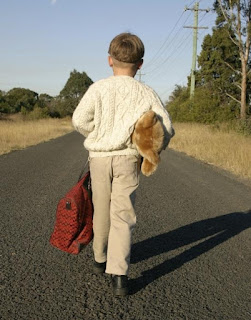Information based in the National Incidence Studies of Missing, Abducted, Runaway and Thrownaway Children, U.S. Departament of Justice , that presents different information, and the problems most common in de society about the children or teenagers.
The diagram below illustrates the proportional relationships
between all runaway/thrownaway children and
the subsets who were caretaker missing and reported
missing. It also shows that children who were reported
missing are a subset of those who were caretaker missing.
The Data based in the percents of the children that doesn't have caretaker, and the percents of missing and endangered
Different reasons that children disapear or runaway to the home, and also different missing of teenager.
The Next table is about characteristics of children like, gender, race/ethnicity, and the age.
The majority of the percent of children and teenager, have a different problems or different reasons, for they take a decision about the runaway, but in others case the problem the have the parents, because don't pay attention to childrens or don't talk with they.
All the data is about Investigation of Departament of Justice.









